A Milestone in Mumbai's Sewage Disposal Project


Sources: tunnelsandtunnelling.com, terratec.co
Want to read more like this story?
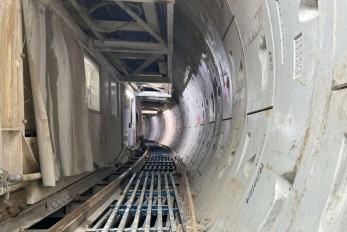
Mumbai Sewer Tunnel Sets Record with 87m Curve
Jun, 02, 2025 | NewsA significant engineering achievement was recorded in India’s tunnelling sector with the successful...
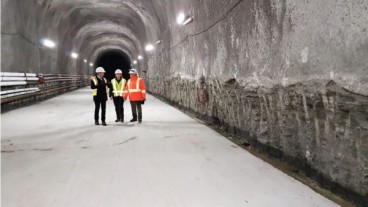
$3 billion water management project initiates in Toronto
Dec, 14, 2019 | NewsThe first phase of a $3 billion project that aims in controlling stormwater and reducing sewer overf...
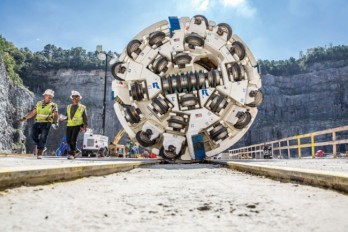
TBM breaks through hard granitic rock on Atlanta water tunnel
Nov, 20, 2018 | NewsThe Tunnel Boring Machine (TBM) that was used to achieve Atlanta's water supply tunnel overcame extr...

Bridging New York and New Jersey: The Critical Manhattan Tunnel Project
Feb, 18, 2025 | NewsNew York City is set for a major infrastructure boost with the Manhattan Tunnel Project (MTP), a cr...

Engineering Challenges Conquered: Saltley Viaduct Tunnel Finished
Dec, 04, 2024 | NewsThe tunnelling phase of the Saltley Viaduct Gas Diversion project has been successfully completed,...

HS2 Northolt Tunnel: Celebrating the Halfway Mark
Jul, 23, 2024 | NewsHS2's Northolt Tunnel project has reached an impressive milestone, with half of the 8.4-mile twin-b...
The longest railway tunnel in Nordics handed over
Nov, 23, 2022 | NewsThe 20km long Blix tunnel is the longest railway tunnel in Scandinavia and the first Norwegian rail...
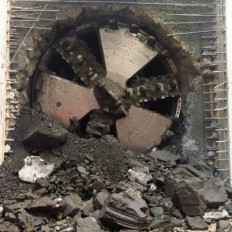
London Power Tunnels, UK: TBM Evelyn sets a new record in tunneling
Feb, 16, 2015 | NewsTBM Evelyn has set a new project record at National Grid's London Power Tunnels project, digging 55....

From Blueprint to Reality: HS2 Achieves Historic Tunneling Milestone
Mar, 13, 2025 | NewsThe HS2 project has reached a significant milestone with the completion of the first deep twin-bore...
Trending

Taipei 101’s impressive tuned mass damper

Characteristics of Load Bearing Masonry Construction

Morocco Implements Landmark Dam Perforation to Combat Water Stress in Marrakech
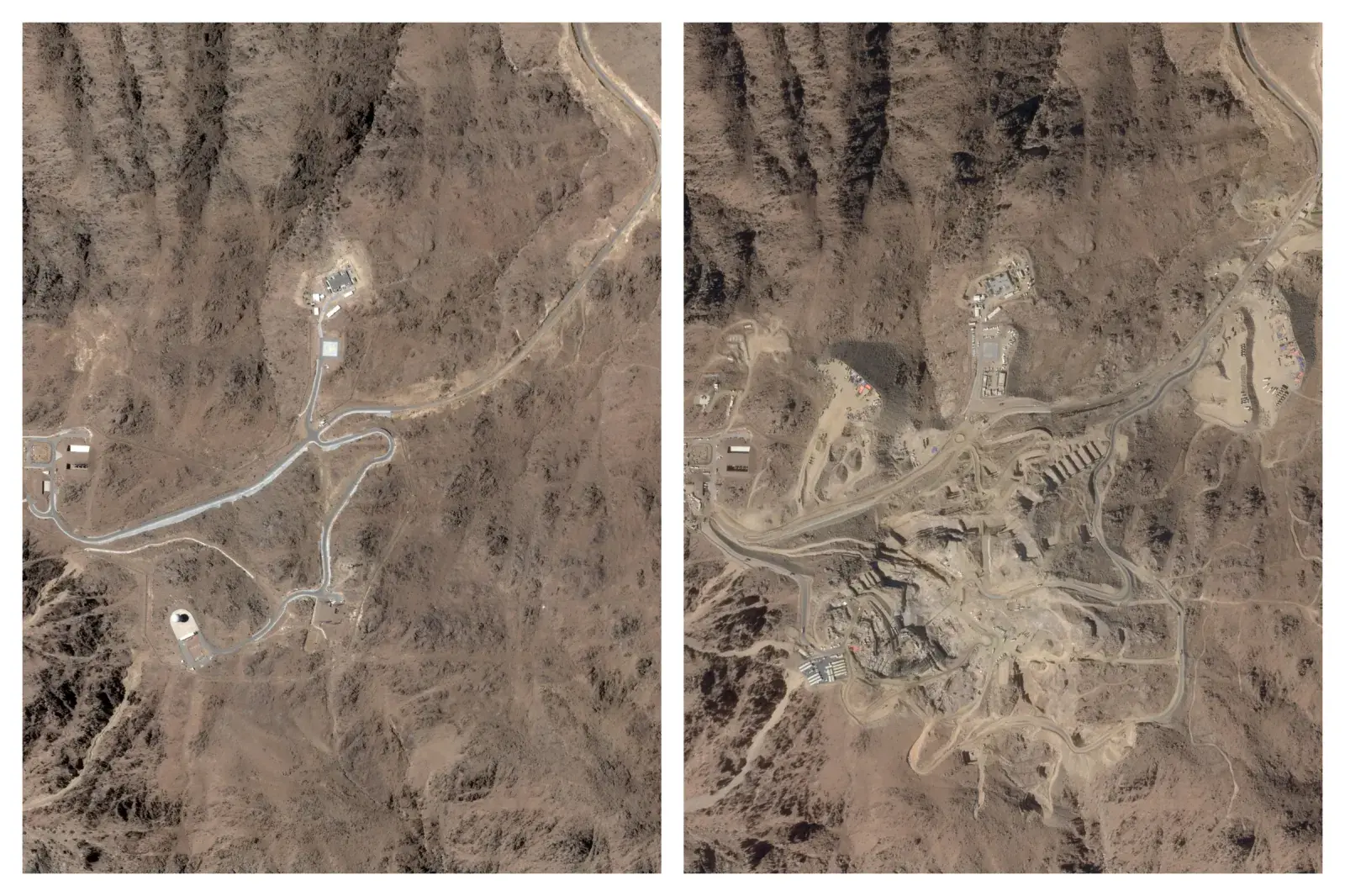
The Line at Neom faces feasibility reassessment while construction continues
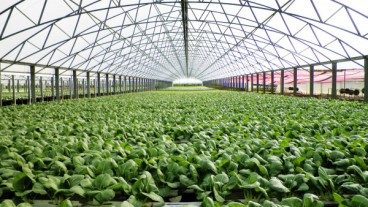
Dutch greenhouses have revolutionized modern farming

Suspension bridge buckles under force of deadly super typhoon in Philippines


